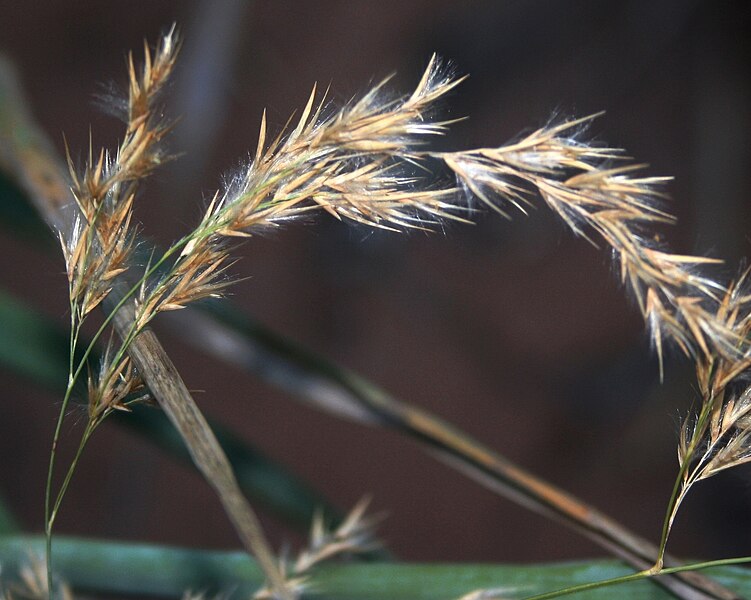Common Reed Identification – Phragmites australis
Heads up
If you’ve ever wandered near a marsh or swamp, you might have come across tall grasses with feathery tops swaying with the breeze. That’s the Common Reed, known scientifically as Phragmites australis. It belongs to the Poaceae family, which is the scientific term for the grass family, one of the largest families of flowering plants.
Common Reed: Key Parts in Photos



Where to find it
To spot a Common Reed, aim for sunlit areas with moist to wet soil conditions. They have a penchant for watery locales, making them regular inhabitants of marshes, swamps, the edges of lakes, wet ditches, and more. Standing tall, these reeds typically range from 3 to 7 feet in height.
How to identify Common Reed
The flower clusters, termed “panicles”, are branching and can span 6 to 14 inches in length. These panicles are often purplish when young, becoming more distinct as they age. A distinct aspect of the reed’s flowers is the “spikelet”, which is a small spike that bears the florets. Picture a tiny cluster of flowers at the tip of a stalk. These spikelets are rich in silky white hairs. At the base of these spikelets are protective bracts that serve as the foundational structure.
The leaves of the Common Reed are long, flat, and alternate. They’re usually green to yellowish-green and remain smooth to touch. An interesting part of the leaf is the “ligule”, a thin membrane at the spot where the leaf blade attaches to the stem. The ligule can sometimes have hairs and, despite being resilient, can occasionally shred.
The upper stems are green, while the lower to mid-sections can boast a reddish-brown hue. These stems typically form loose colonies, thanks to their long rhizomes – underground stems from which shoots emerge.
